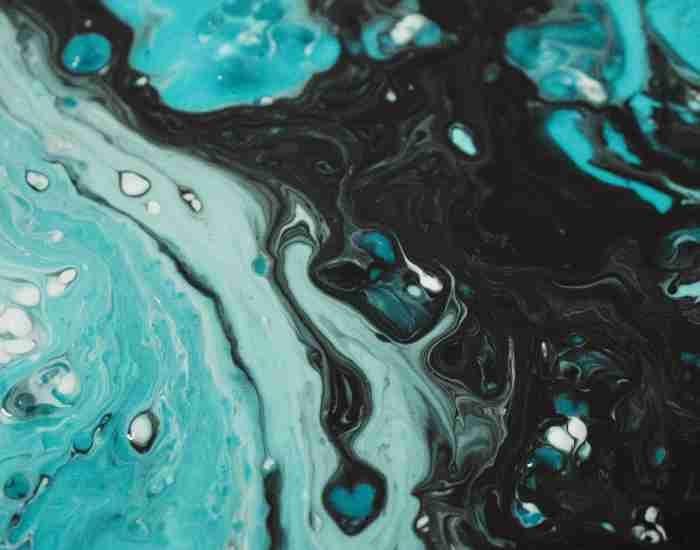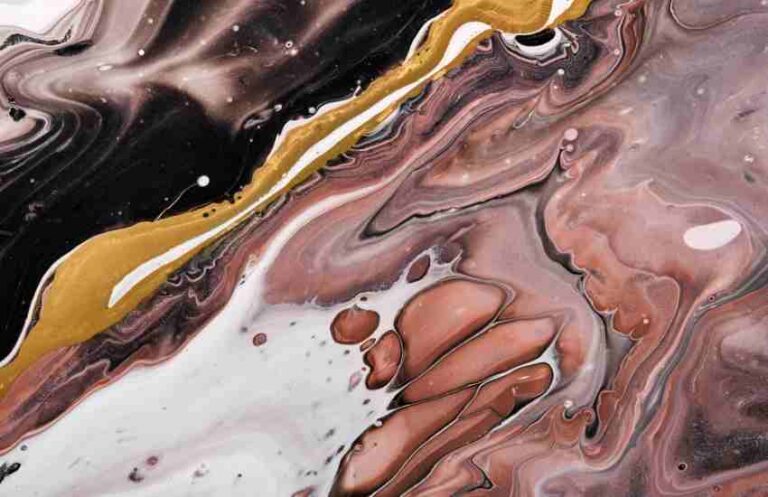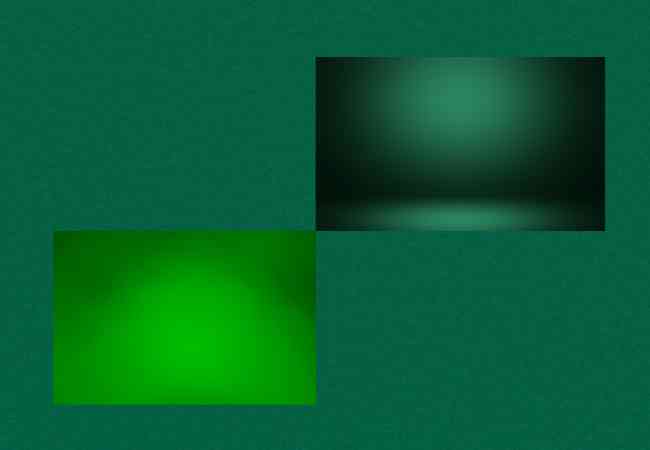Black paint is indispensable for any artist’s palette as it brings dimension and versatility to artworks in different mediums. Be it a painting in which black is used alone or as an addition to other colors to create shadows and depth, learning how to mix black paint is a crucial technique to master for both beginner and seasoned artists. In the upcoming guide, we will cover black paint, its creation methods, and how to achieve the perfect tone according to your needs.
In order to achieve the desired results when mixing black paint, it is important to know the fundamentals. This is because, in contrast to other colors which are often a combination of a few primary pigments, black paint is usually the result of a compilation of various pigments in order to have a uniformly rich dark tone. Some of the common pigments used in black paint include carbon black, bone black, and lamp black, each with its unique properties and influence on the mixture. Artists mix paints for specific purposes and thus, once they learn the qualities of these pigments and their interrelations with other colors they can simply control the intensity, warmth and richness of the black pigment.

Moreover, apart from the several various pigments used in black paint, the binder included in the mixture also determines the final product. For instance, acrylic paints result in black color which dries quickly and is sturdy, whereas oil based paints leave the surface smooth and glossy but take time to dry. The case is different for watercolor paints since gum arabic makes up the binder which results in a transparent wash of black, however, multiple paintings can lead to different levels of opacity. Therefore, by selecting the right medium, an artist is able to achieve the desired mixing ratio for black paint.
Mixing Techniques
The Perfect Ratio
To achieve the perfect balance of primary colors in order to create a black shade, start tweaking the ratios of primary pigments starting with ultramarine blue, burnt sienna, and phthalo green. After the three pigments have been sourced, combine them in equal portions and work your way in adjusting the ratio until depth and intensity have been achieved. Keep in mind variants in the ratio of each pigment will have a direct impact on the shade of black you reach, so it is crucial that you take the necessary time to achieve the perfect outcome.
Degree of Resistance
To have a damp black shade accustom yourself to controlling each pigment combined in the mixture with the primary formula you have. For instance, if I were to add modest portions of pigment, the shade would seem to darken with each addition but removing portions would lighten the overall black put on canvas. Do remember, if I were to combine each ratio differently, every shade differ so from the get-go combine the pigments that work best for you whether it’s a deep or faded shade of black.
Working With Black and its Many/Varied Shades Don’t be afraid to get creative and experiment with different combinations and mixtures of several shades of black. Blending burnt umber with burnt sienna creates a black with warmer earthier tones while additions of phthalo blue and alizarin crimson generate cooler bluish tones. Such flats serve as a very good use when creating pictorial representations where colors other than black are used ensuring them a depiction that is richer in texture and iguration. Mix and match, and use more shades of earthy tones if you want. Do not hold back on your imagination, there are plenty of blacks waiting for you.
Practical Examples and Advice
Black paints may be mixed in light mediums and blend well with several different types of paint. Achieving a fully opaque black may require painting over a white base. Applying the technique on simples like a primed paper or canvas will aid in the task overall as white always covers more than black. The same principle will apply on other mediums as a white canvas allows for better saturation which contributes to the desired tone. When dealing with unprimed canvas or wood, adding some water or mixing a medium into the black paint might help get a finer finish.
When using black paints, one can mix them with warmer hues such as purple, ochre, or bright red to give more personality on top of colored surfaces or warm wood stains. You can also apply such black mixes against blue tinted paints, however, such practices are a bit unconventional. Ultimately, what matters is that the final artwork should have a combination of visuals that are layered and “cute” or “appealing.”
For anyone who wishes to garner the viewers attention and ‘wow’ them with their craft should focus on depth while enjoying the warm feeling of black paints due to their. When Gaming such tones, however, a variety of shades had to be mixed, especially warm and burnt sienna shades as they can easily highlight the underlying theme of the colored surface.
On the other hand, phthalo blue, indigo blue, or phthalo green can be introduced to black paint to emphasize its cooler shades. These cooler pigments have the effect of adding more of a blue or green tint to the black paint to create greater depth, visual interest, and impact. This approach allows phthalo black to be adjusted by altering the ratio of warm and cool pigments so that the end product is appealing to the eye, further beautifying the artwork you are creating.
FAQs
Is it okay to combine black paint with other colors?
African charcoal fusion with other colors creates an opportunity for cool tones and gives your artwork more uniqueness through shades. Black paint should typically be combined with other colors and done so by applying the laws of color theory in order to get the desired result. In other words, using black paint in areas opposite of the highlighted ones will add an earthy balance by creating shades. There’s a number of other warmer or richer blacks that can be constructed by using burnt sienna. Phthalo blue is usually more towards dark and gloomy colors. So experiment combining with it as well. In conclusion, fusions create varieties and you should always try more to comprehend more.
How to lighten or darken the shade of a paint which is of black color?
To adjust the darkness of black paint, one must invariably take into account the ingredients and desired purpose. For instance, when trying to lighten black paint, adding white pigment would be a good solution while making it a small ratio. Slowly adding white allows you to lighten the paint black without compromising the blackness of black. Otherwise, to darken black paint, increasing the number of layers of black pigment will help in increasing the ratio of other colors to black pigments as well. So, try various styles and notice how changing the ratio changes the darkness of the black paint and how richer the black paint becomes. Now that you know how to lighten or darken black paint you can create more shades with black paints and add more depth to your art and ideas.
Conclusion
As you wrap up your explorative journey into the technique of mixing black paint, take some time in reverence for the new skill you are now armed with. Blackening a paint is not simply a matter of color mixing as one may see it; there is more to it, and that is focusing on the darkest end of hue, its saturation and its tones in order to formulate art which is meaningful to the creator and the viewer. Regardless of whether you have been mixing paints for ages or have just started doing so, once you get the hang of mixing black paint, the doors to massive creativity are opened. Let the work guide you on the creative direction to take because the honest reality is that you are free to paint anything with this color! Remember, artistic exploration is ever more expanding, new discoveries are made with every stroke of your brush on the canvas. So, wherever you are reading this from, put your palette knife up and respect yourself because of the artistry that is deep within you. From this how to mix black paint guide, one can imagine all the time, energy and creativity that has gone into mastering this technique.






